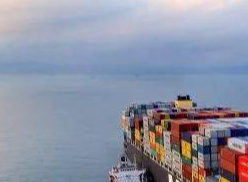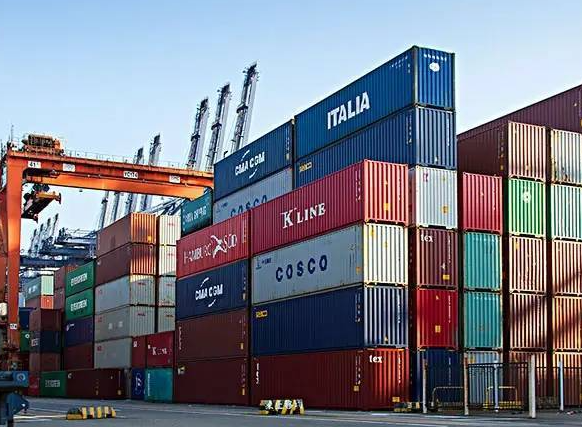FBA LCL Quote
FBA 40HQ FCL Quote
Ensuring the accuracy of Amazon labels is pivotal for the smooth operation of your e-commerce business, particularly if you are utilizing Amazon's Fulfillment by Amazon (FBA) services. Incorrect labels can lead to various complications including misrouted products, delayed deliveries, and customer dissatisfaction. Here’s what you should do if you discover that your Amazon labels are wrong and how to remedy the situation effectively.
Identifying Incorrect Amazon Labels
1.Label Scanning Errors: Pay close attention to errors reported by Amazon during the scanning process at the Fulfillment Center. Incorrect scanning could be due to formatting issues or damaged barcodes.
2. Mismatched Product Information: Ensure that the information on your labels, such as product details, ASIN, or FNSKU, matches the actual product.
3. Incorrect Shipping Details: Verify the shipping addresses on your labels to ensure they correspond to your intended Fulfillment Center and that your return addresses are accurate.
Immediate Actions to Take
Stop Further Shipments
If you discover labeling errors before shipping your products, halt your shipments immediately. Proceeding with incorrect labels can result in extended delays and additional costs for relabeling at the Fulfillment Center.
Contact Amazon Seller Support
Reach out to Amazon Seller Support through Seller Central. Provide them with details about the labeling issue, including the affected SKUs and any error messages you've received. This will help Amazon initiate corrective measures on their end.
Remedying Incorrect Labels
Reprint Correct Labels
1. Log into Seller Central: Navigate to the Inventory section and locate the products with incorrect labels.
2. Select Correct Label Type: Ensure you are generating the right type of labels (ASIN, FNSKU, etc.) based on your inventory settings.
3. Print Labels: Follow the steps to reprint labels accurately. Use a reliable barcode printer to ensure the quality of the labels.
Correct Label Placement
Proper placement of the label on the product or package is crucial for it to be read appropriately by Amazon's scanning systems. Leave a margin of at least 0.25 inches between the edge of the label and the edge of the packaging to avoid scanning errors.
Preventive Measures
Utilize Approved Labeling Tools
Use Amazon's recommended labeling tools and software. Cloud-based solutions like ShipStation or dedicated barcode printing software such as MarkMagic can help in designing and printing compliant labels directly from Seller Central.
Check Barcode Quality
Use high-quality printers and paper for printing barcodes. Laser printers and thermal printers are preferred for producing durable and scannable barcodes.
Regular Audits
Conduct regular audits of your labeling process. Check samples from each batch of printed labels to ensure that all printed information is accurate and easily scannable.
Handling Date-Sensitive Products
For date-sensitive products, ensuring the accuracy of expiration dates on labels is particularly important. Incorrect dates can result in stock rejection or product spoilage, leading to lost sales and higher returns. Always print expiration dates in a visible and scannable format on the product packaging.
Conclusion
Addressing and preventing incorrect Amazon labels requires vigilance and adherence to best practices. Regularly monitor the accuracy of your labels, invest in reliable printing tools, and stay updated with Amazon's labeling guidelines to avoid disruptions. By taking prompt corrective actions and implementing preventive measures, you can maintain efficient operations and high customer satisfaction in your Amazon business.



